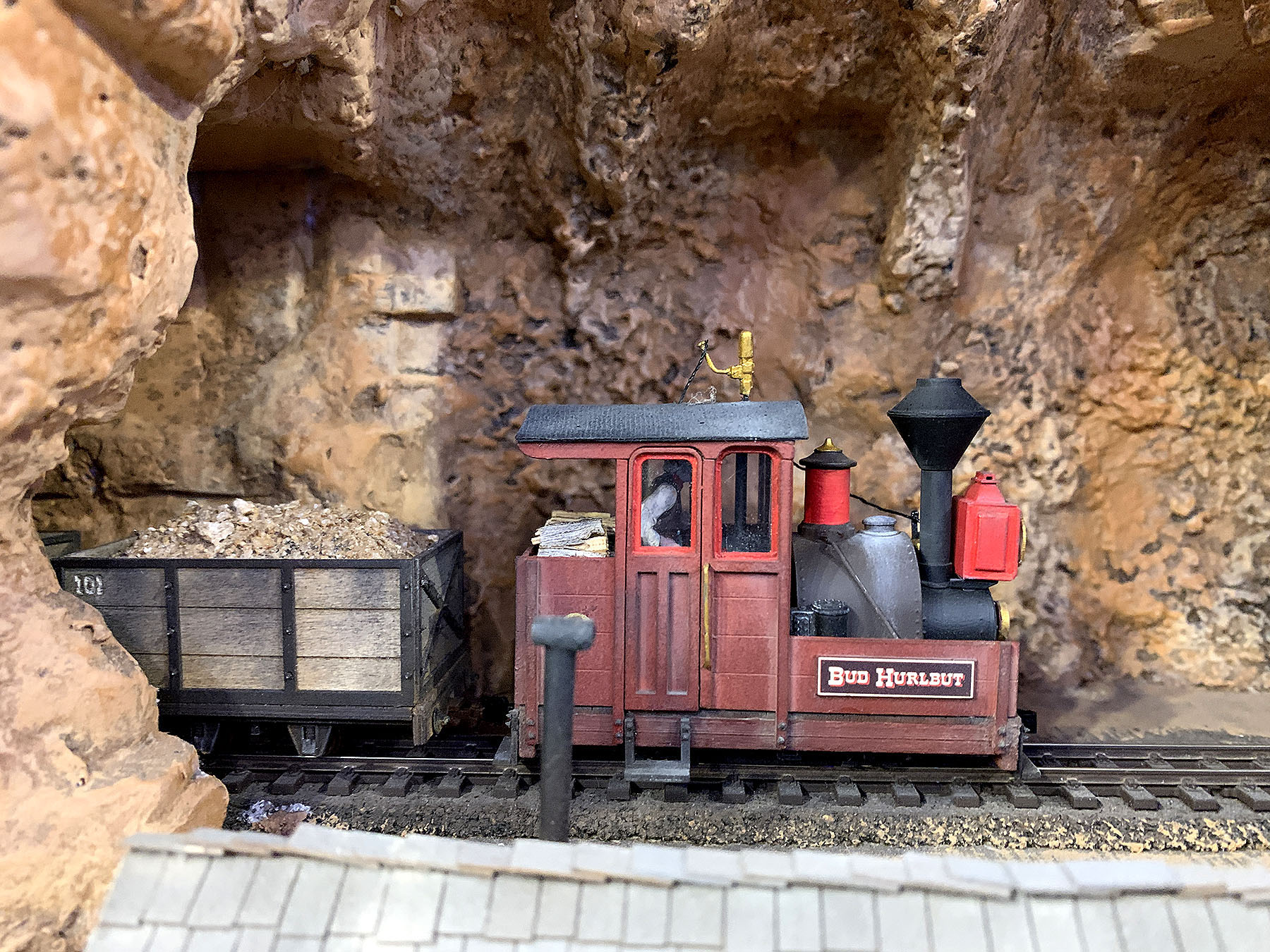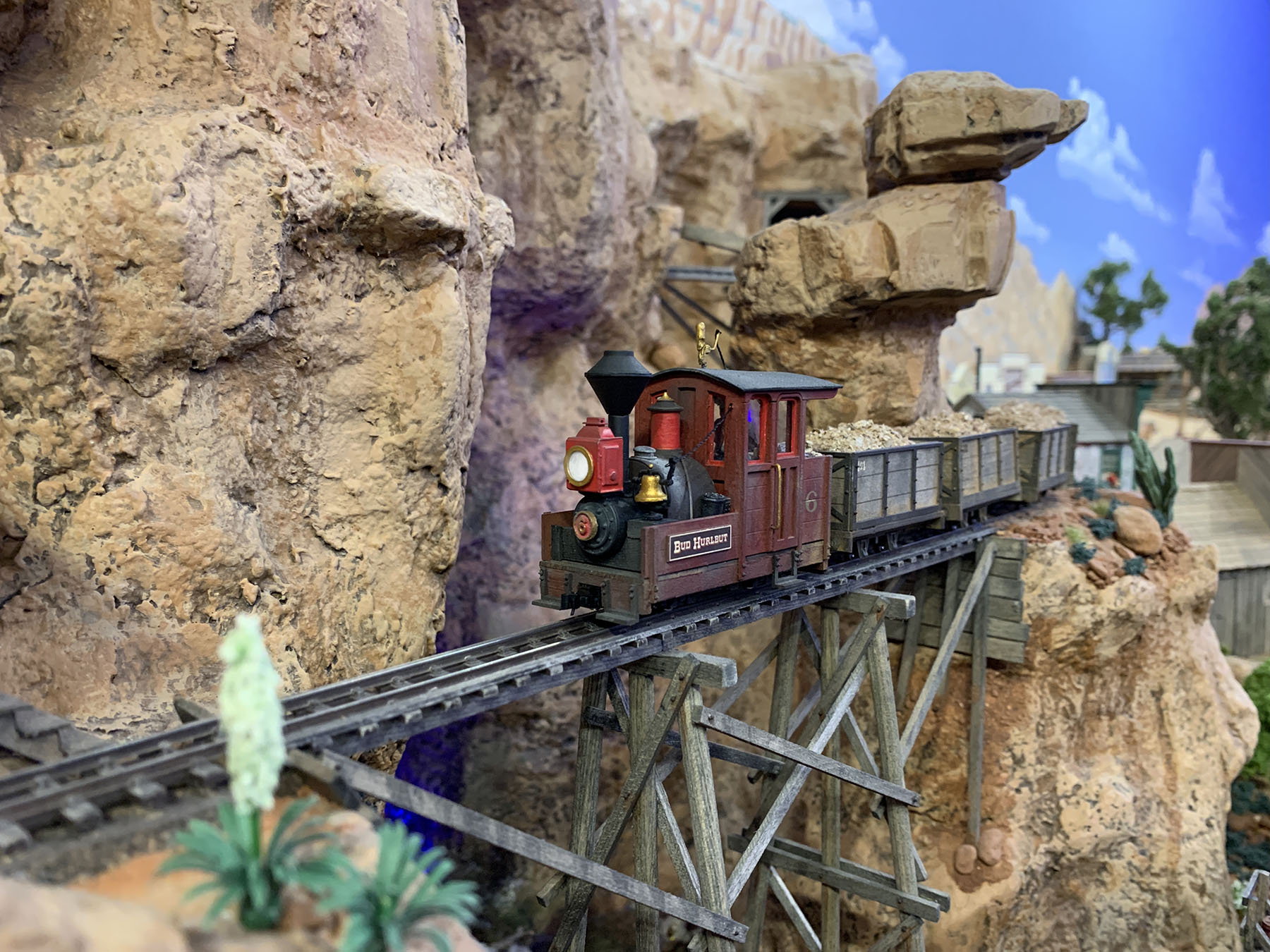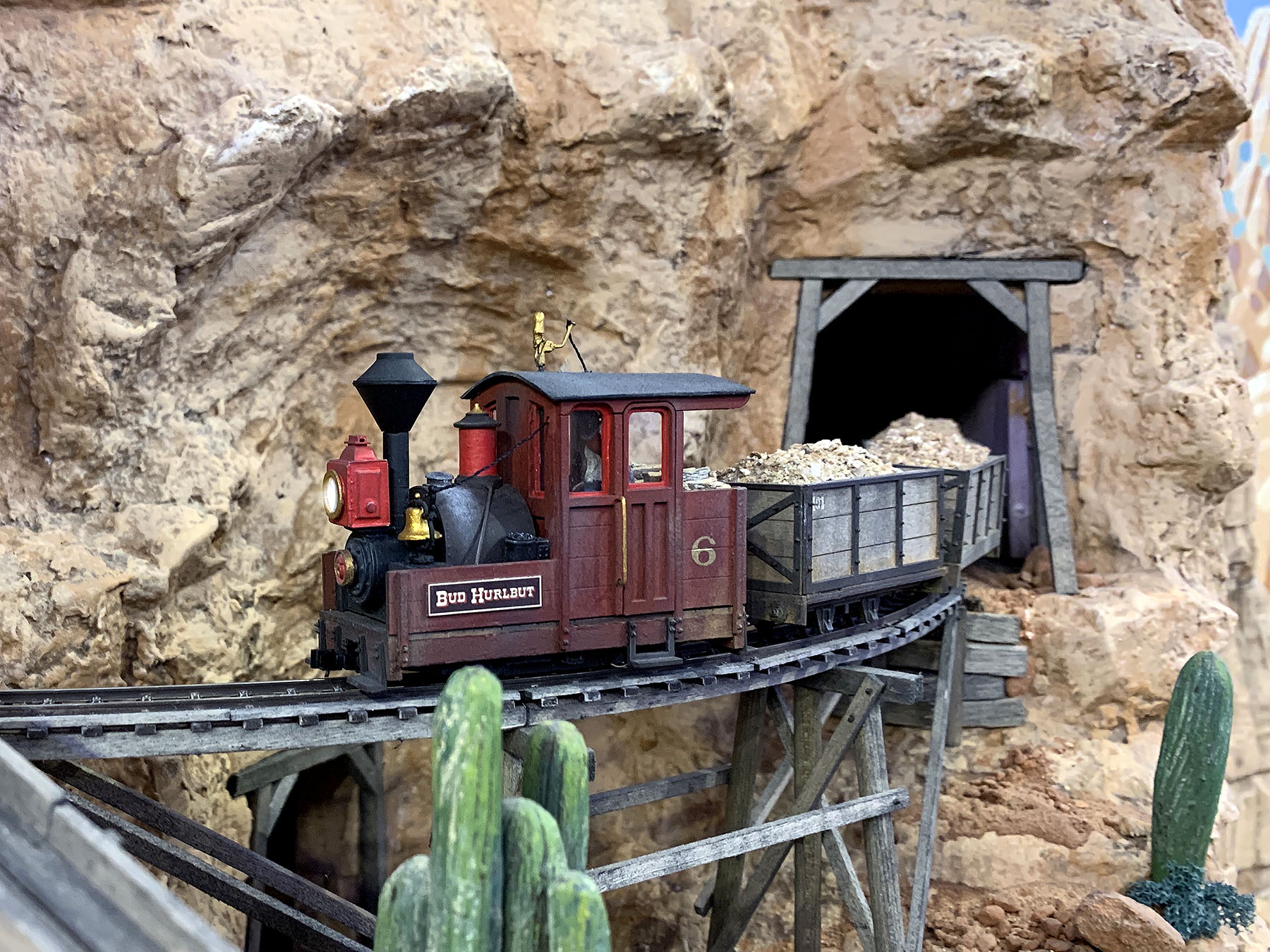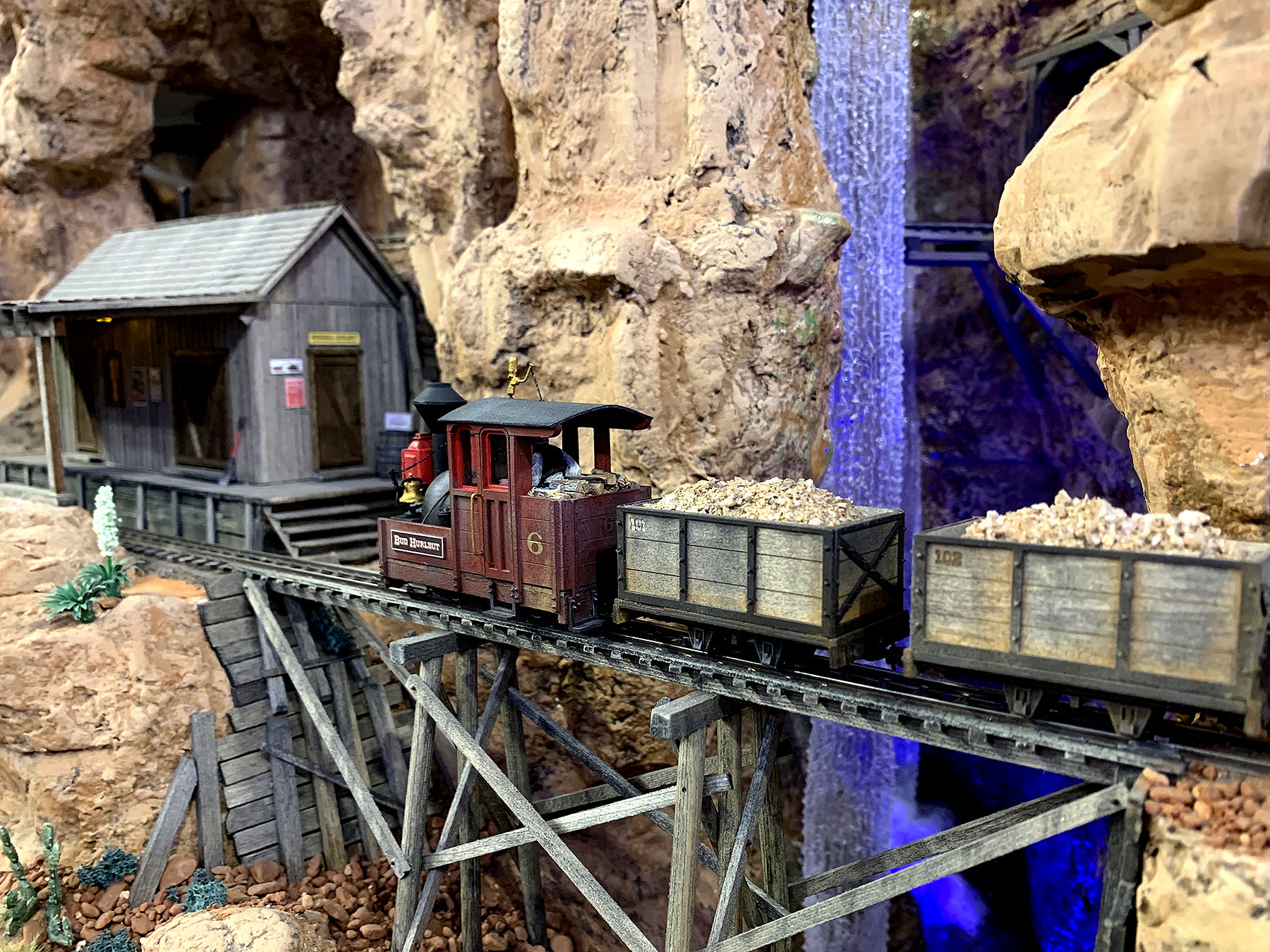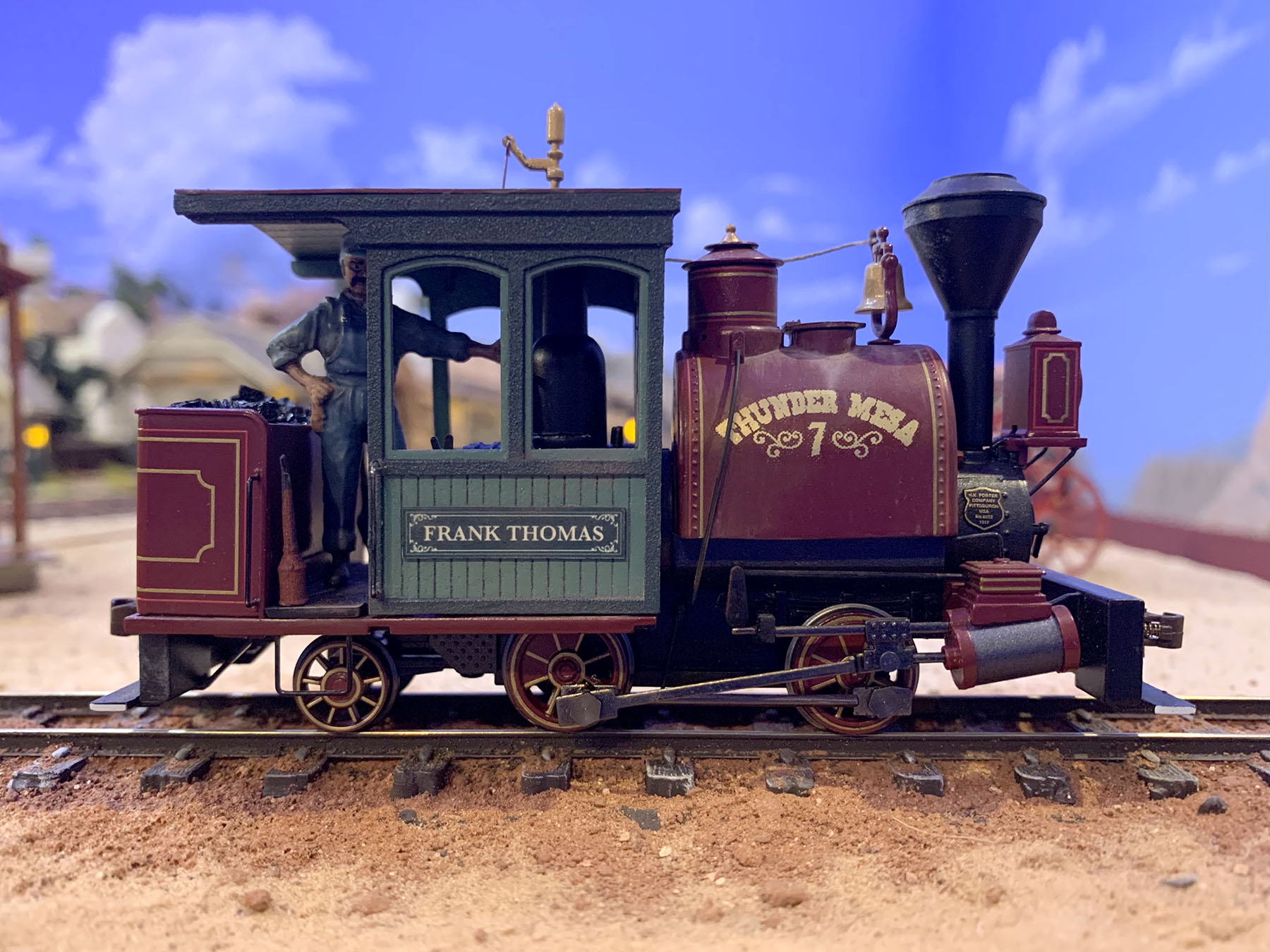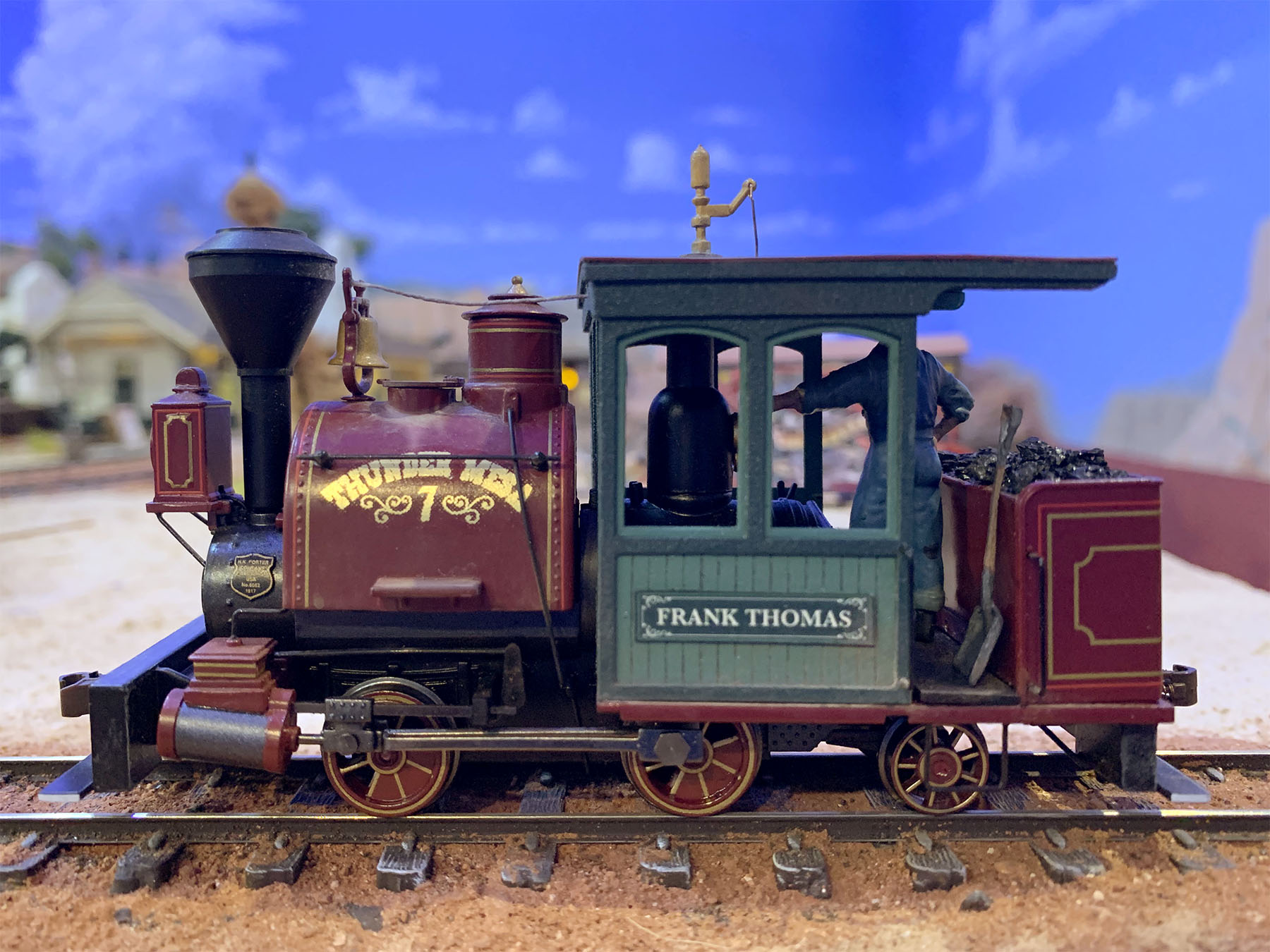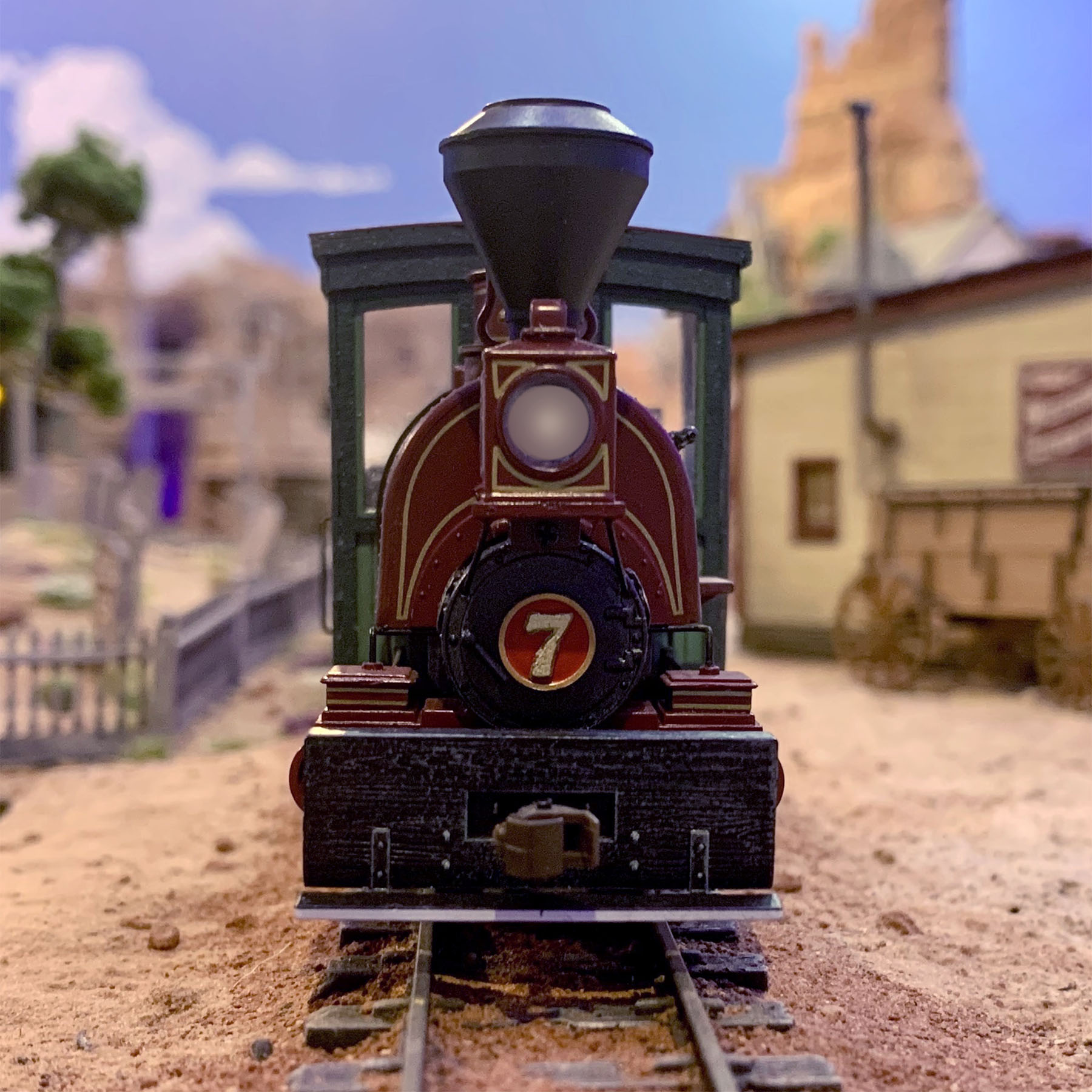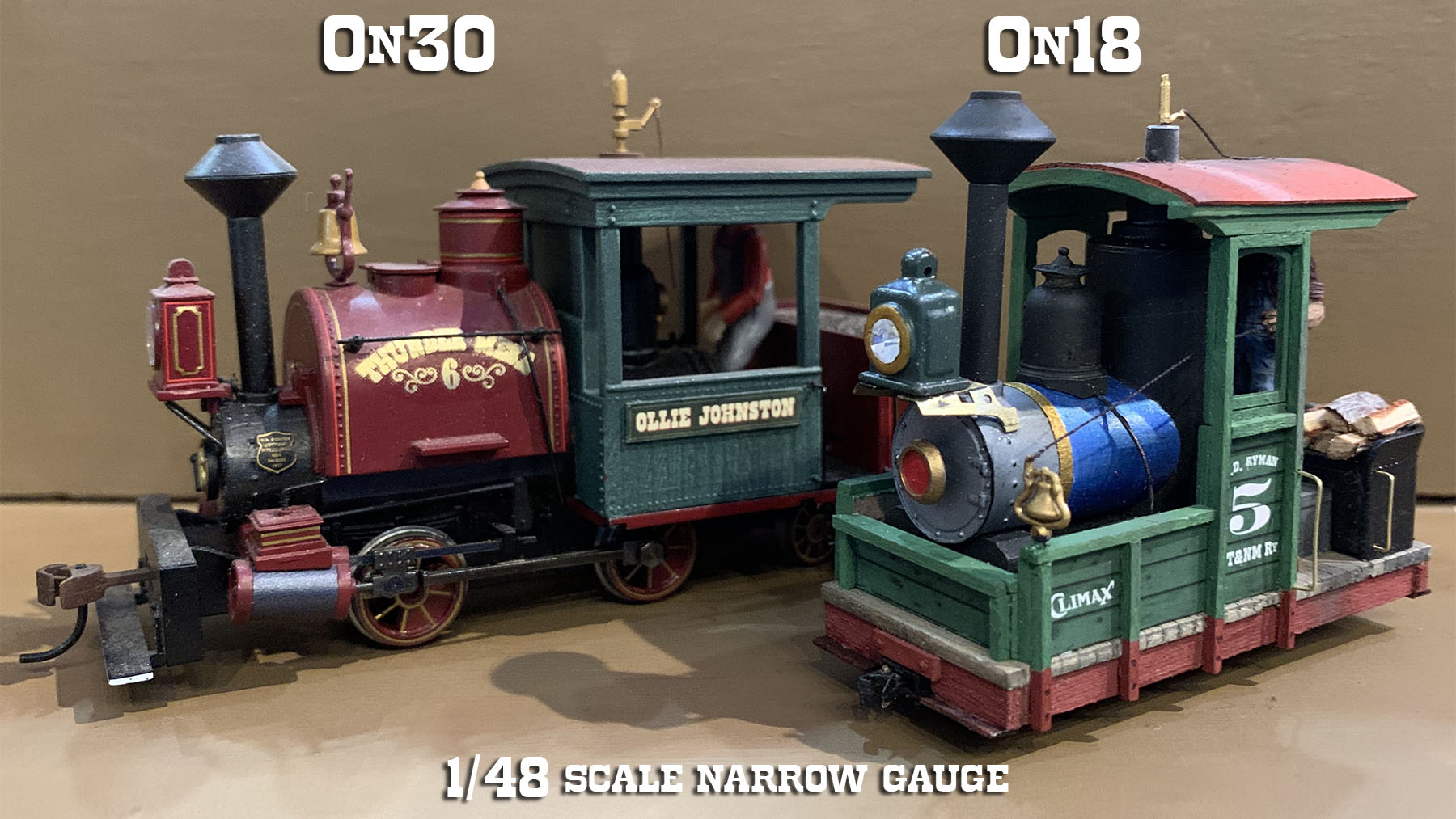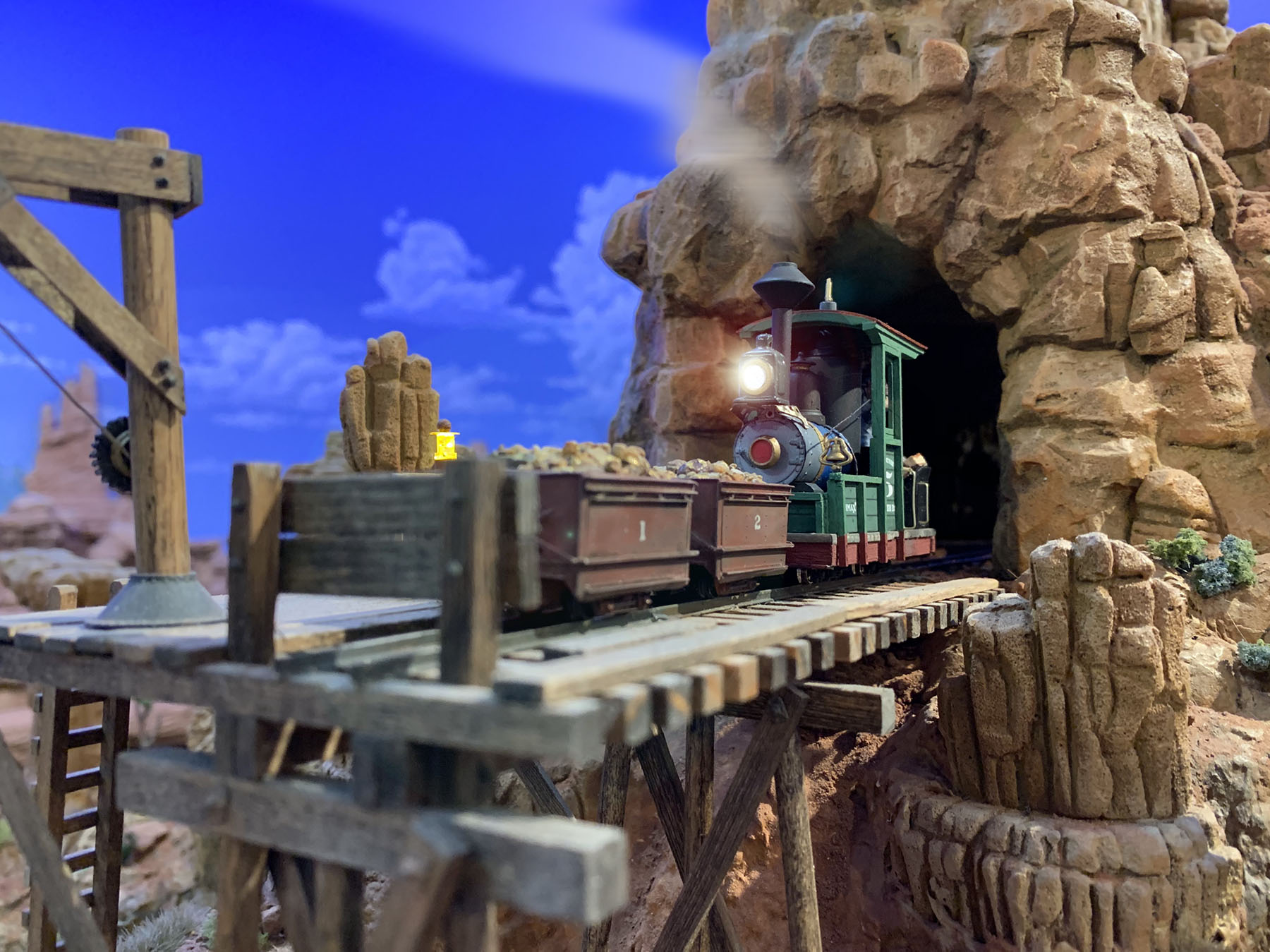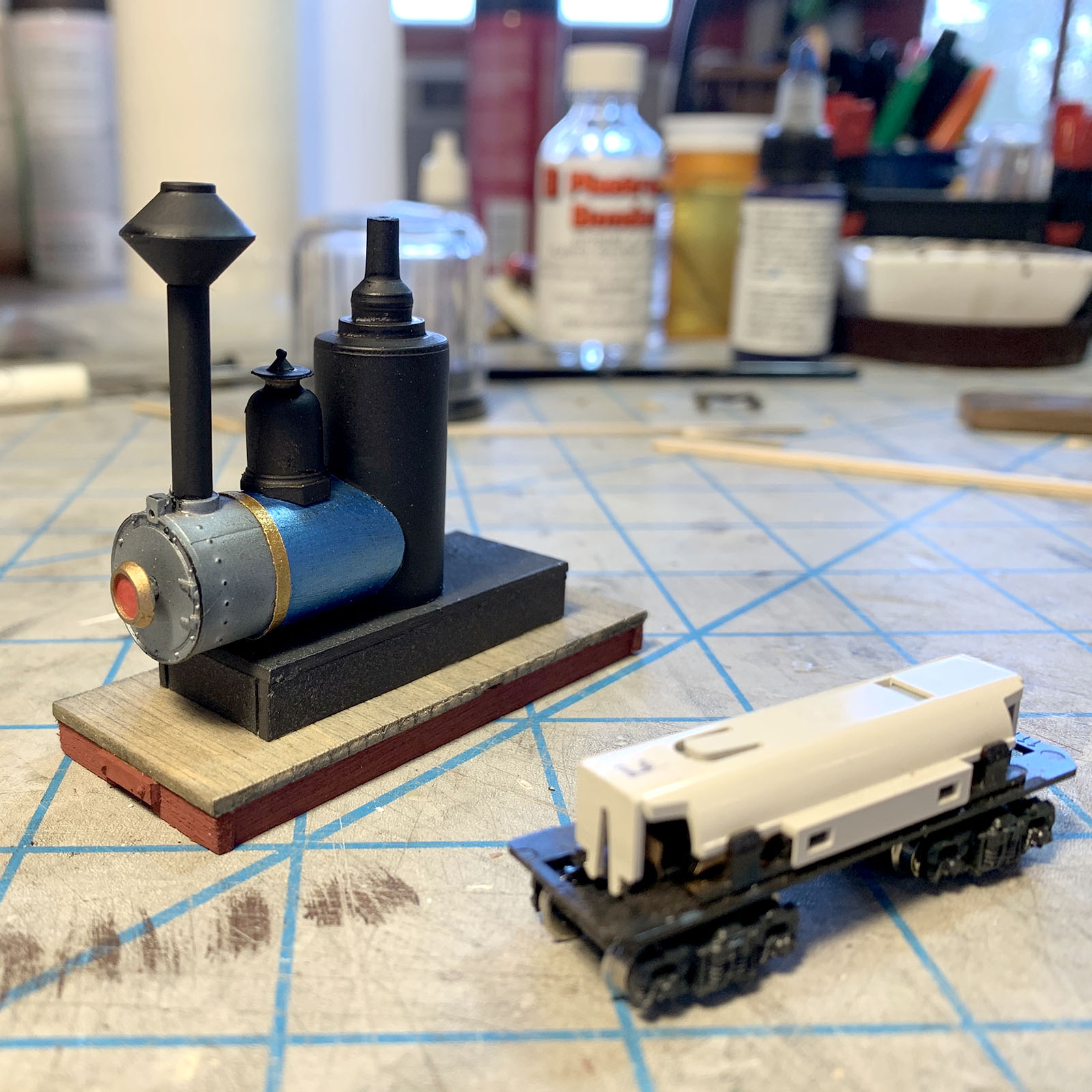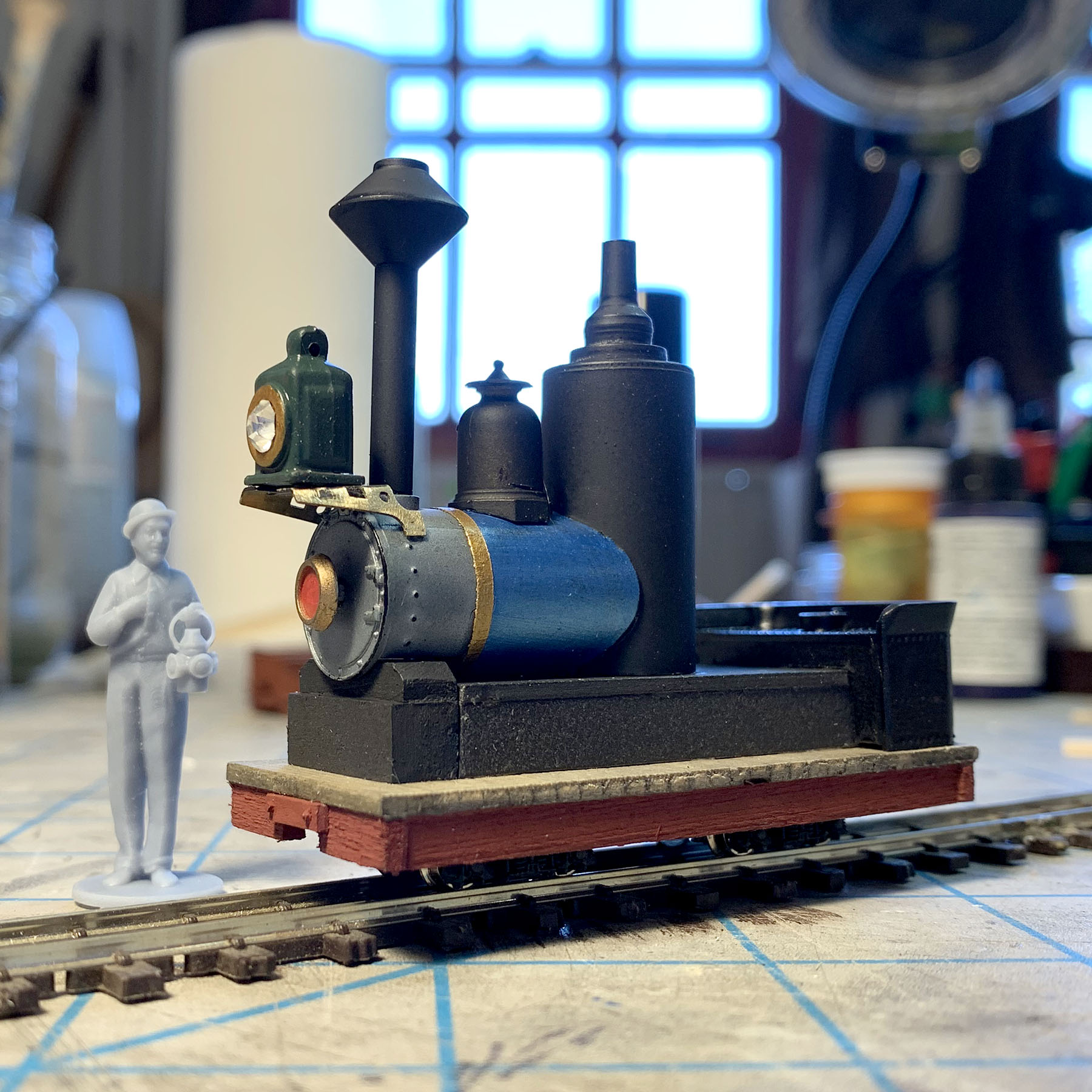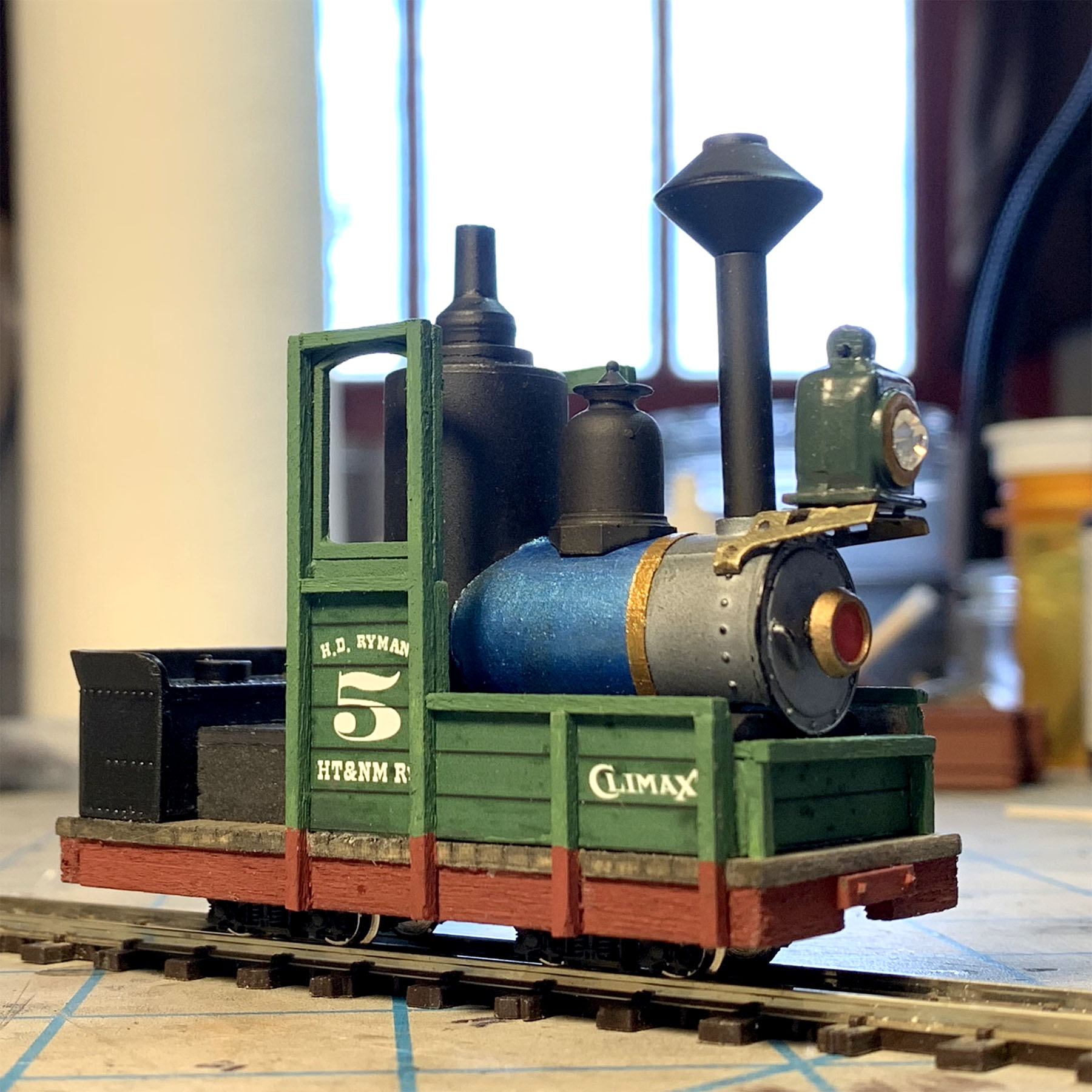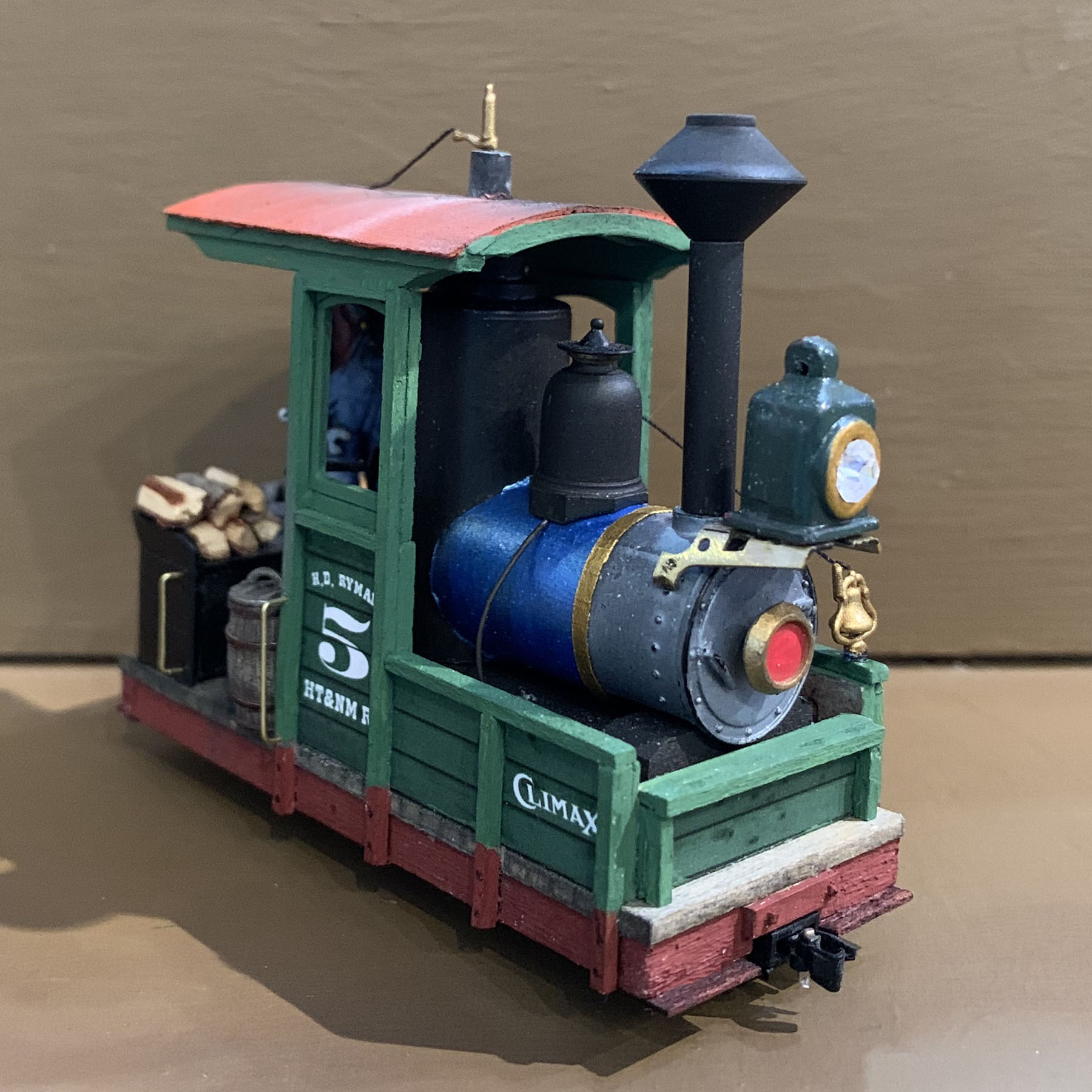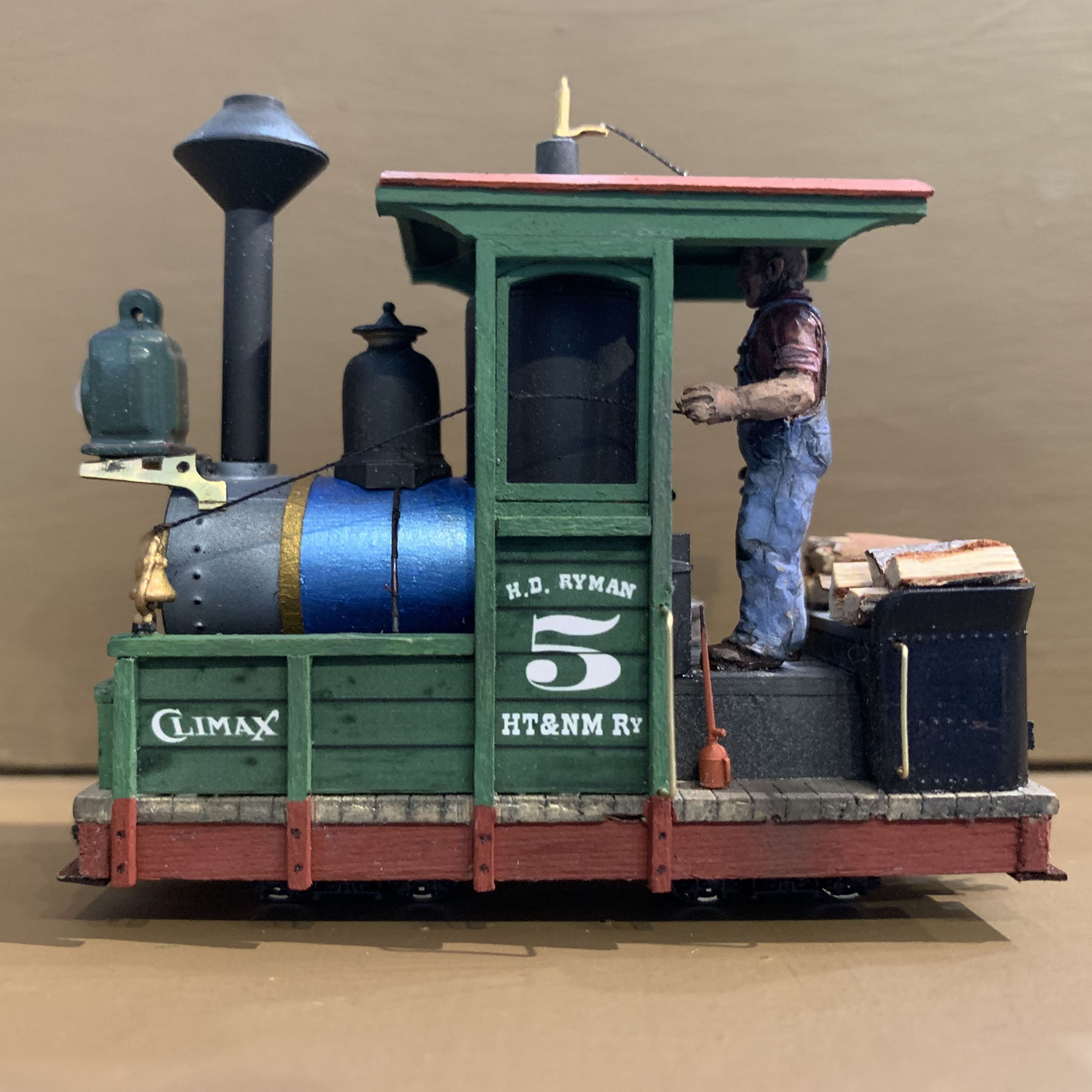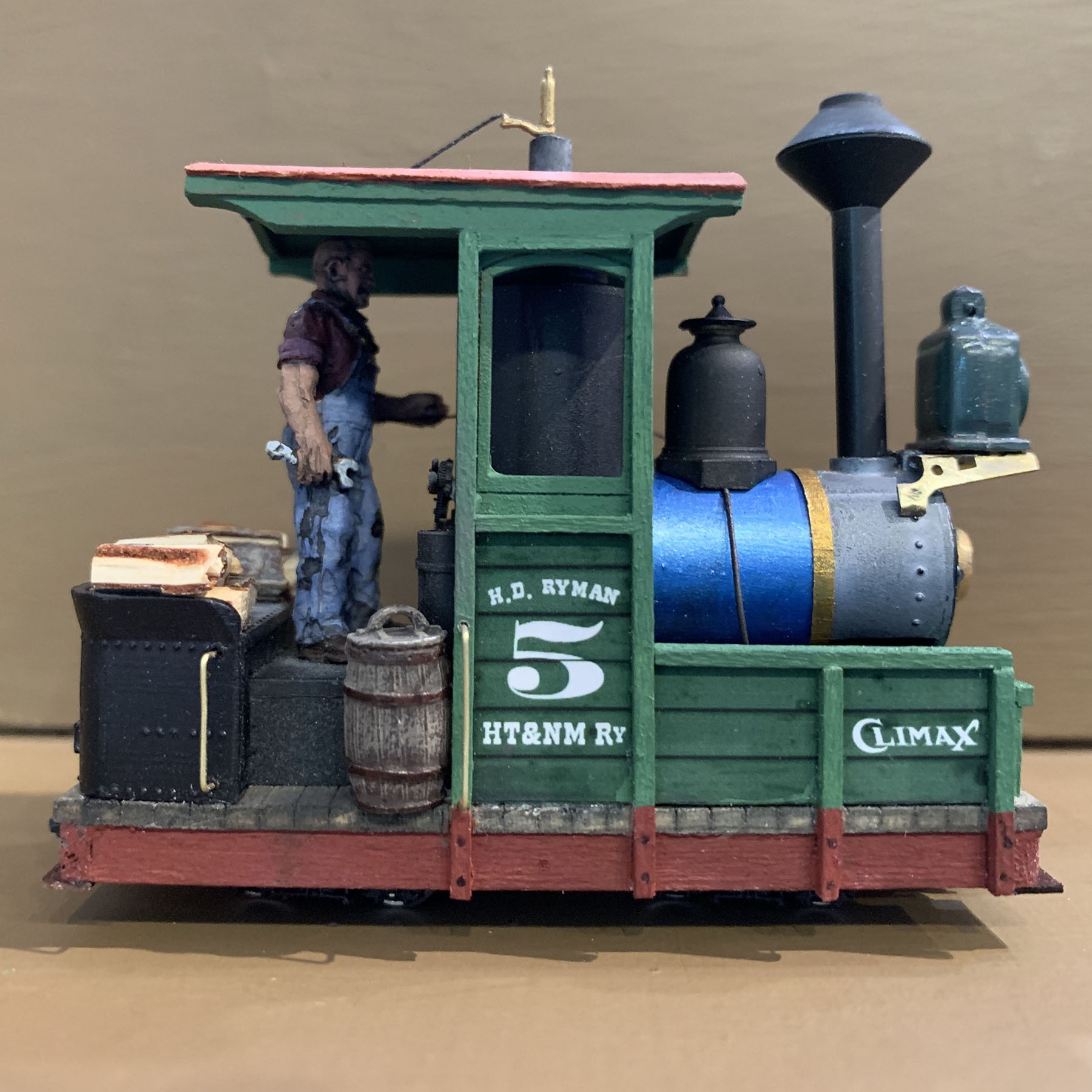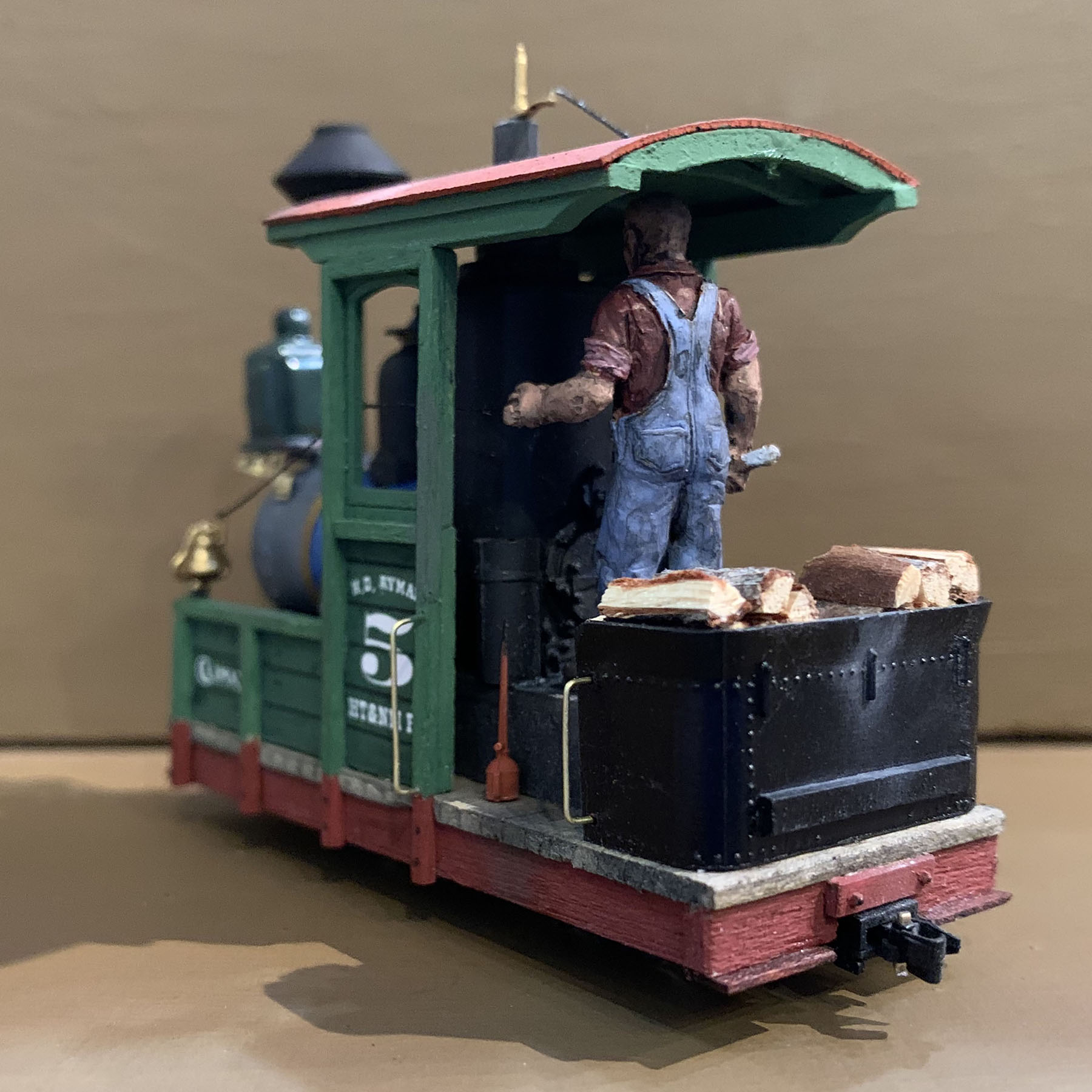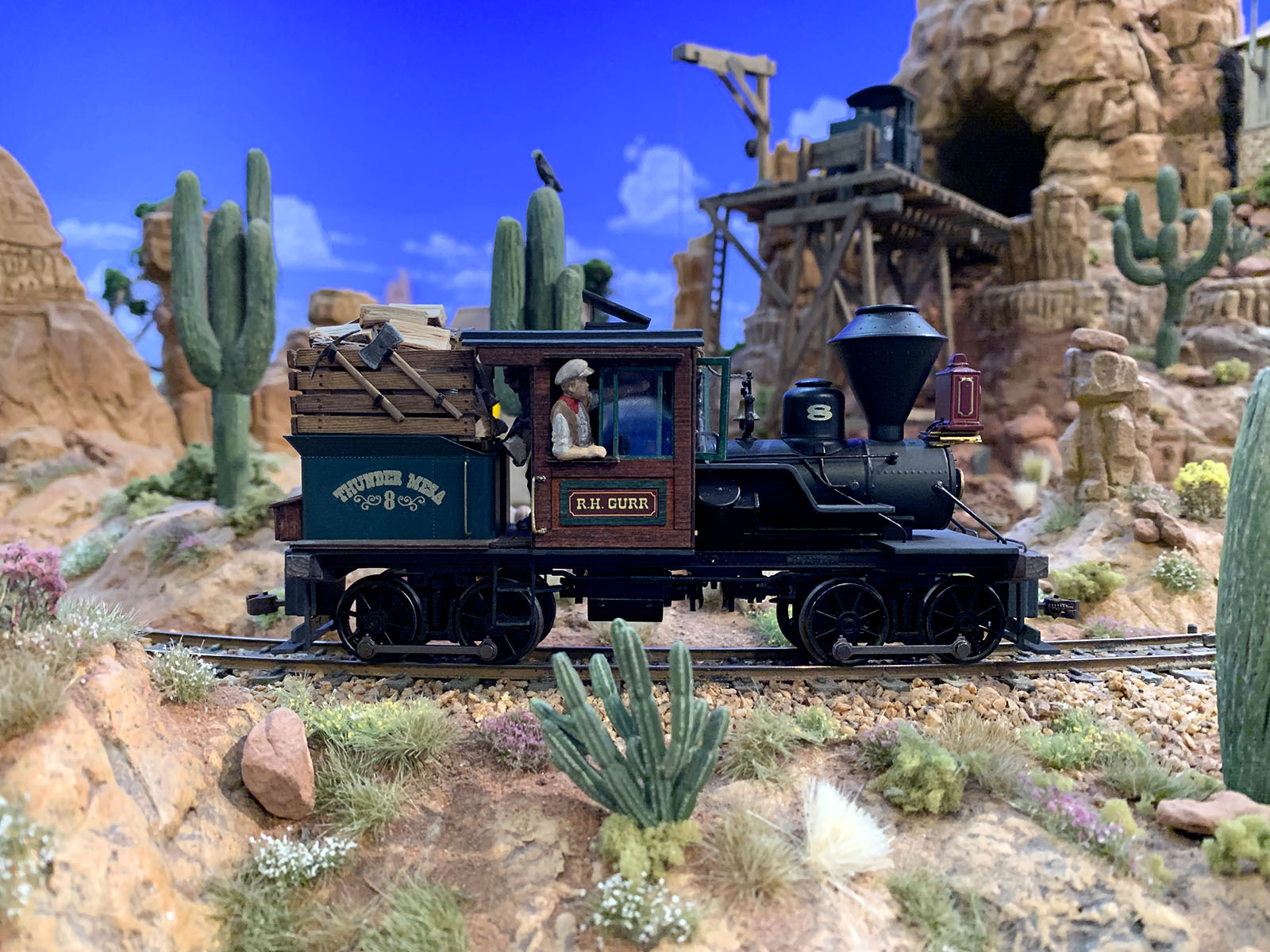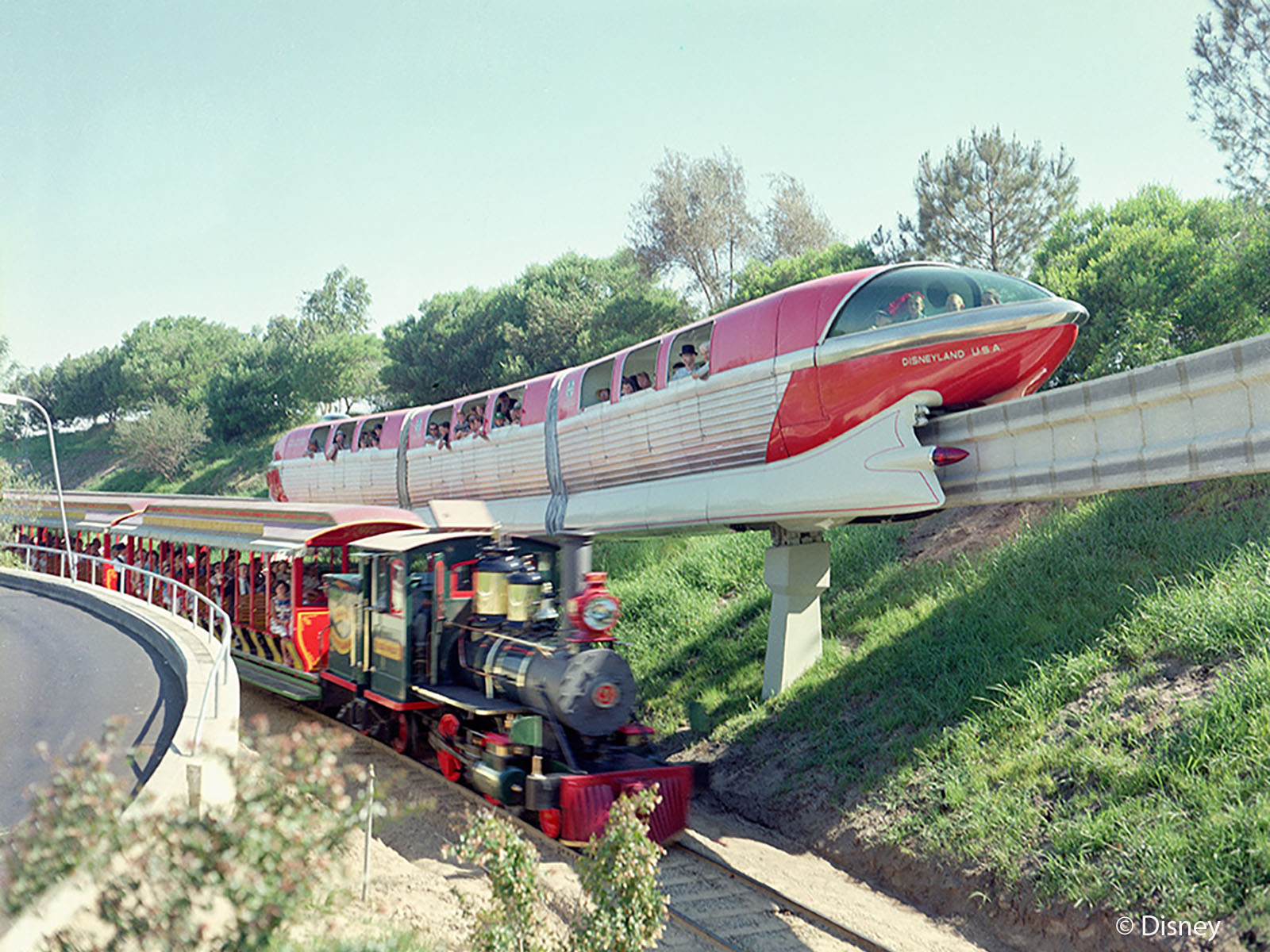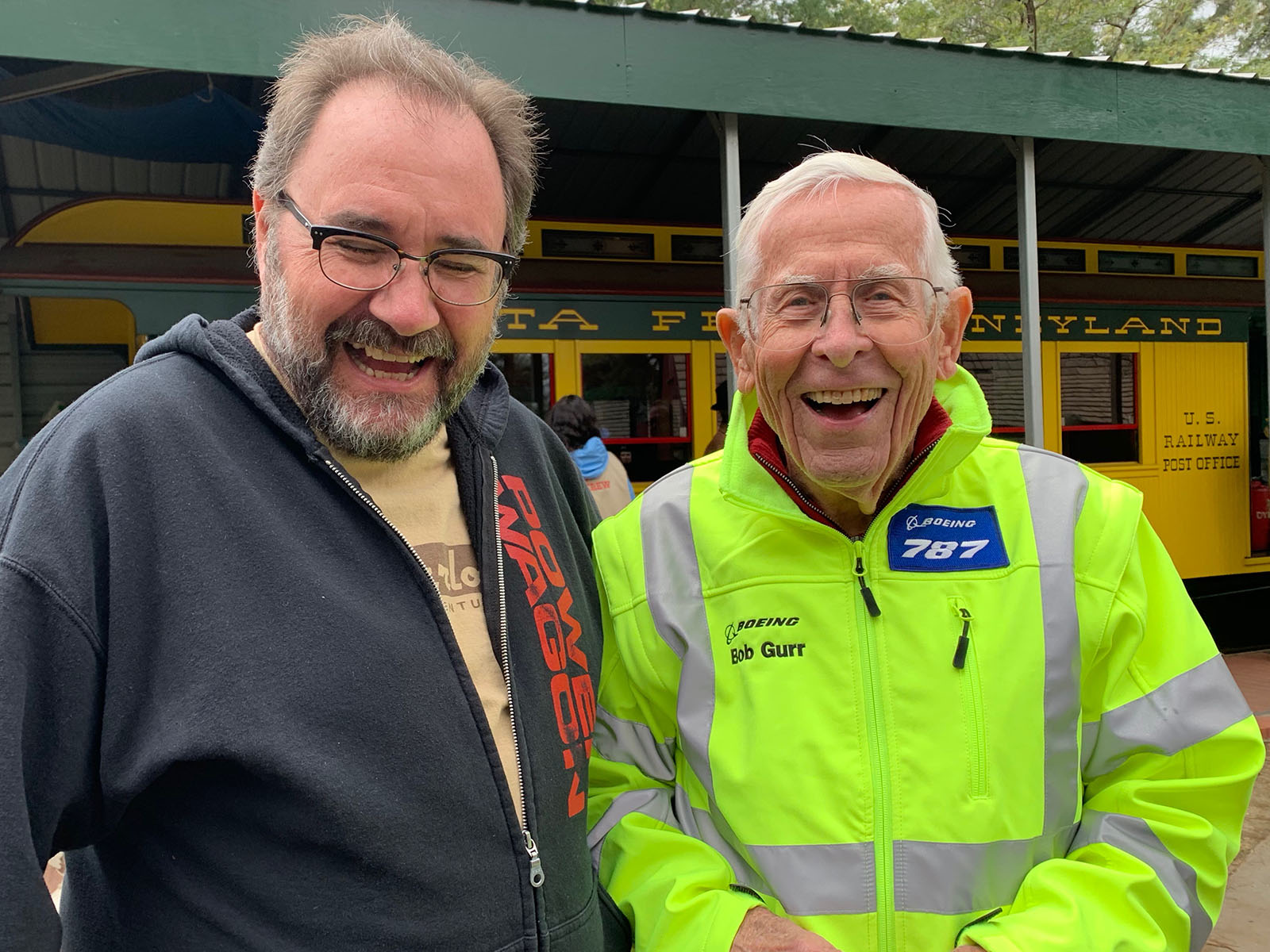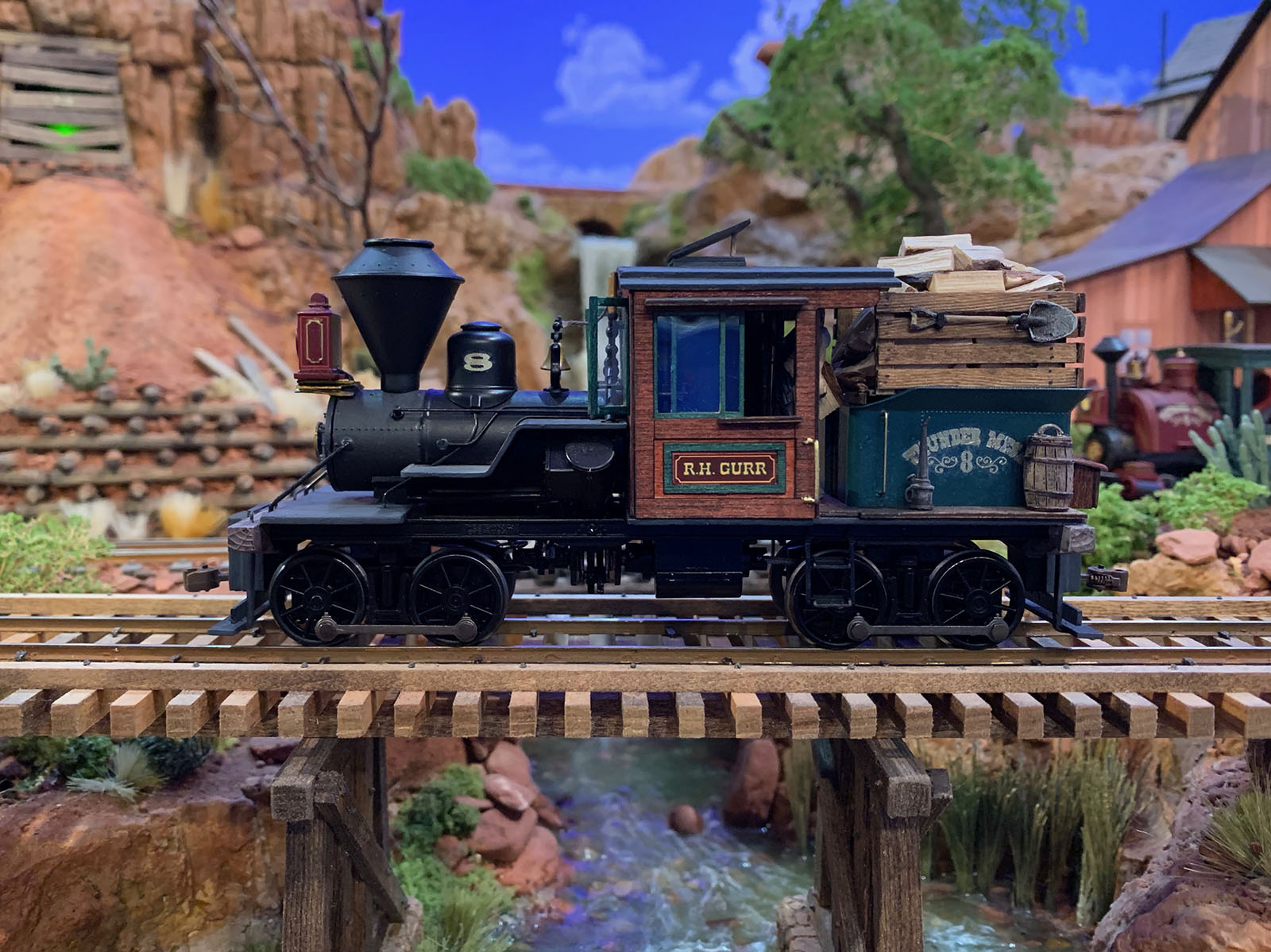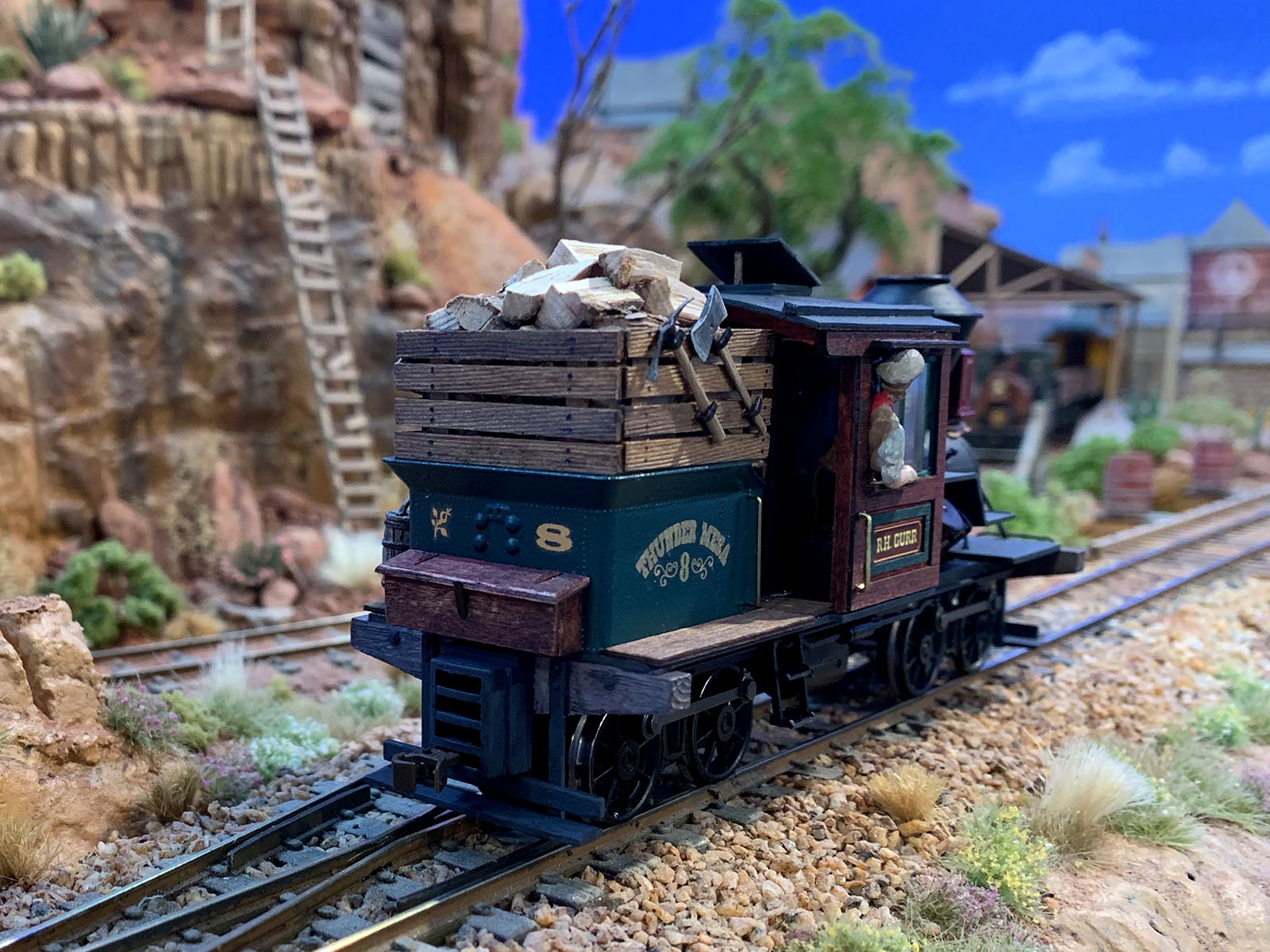This week's project takes us back to Calico Mountain for the build of an On18 Saddle Tank Climax locomotive! This freelanced design was inspired by a similar On30 model by David Wingrove (not by Al Judy as stated in the video) and is named in honor of the designer and builder of Knott's Calico Mine Ride, Bud Hurlbut. Join me as I build this little critter from the ground up, starting with a smooth running Kato 11-109 N gauge mechanism. I add a working LED headlight, Porter details from Railway Recollections, a custom cab, graphics, and all the bells and whistles.
Thanks for watching, amigos!
Dave
Kato 11-103: https://a.co/d/6fIzKrV
Railway Recollections: https://www.ebay.com/str/railwayrecollections?mkcid=16&mkevt=1&mkrid=711-127632-2357-0&ssspo=XSJRN_XgSg-&sssrc=3418065&ssuid=fWepkjmJT9O&widget_ver=artemis&media=COPY

